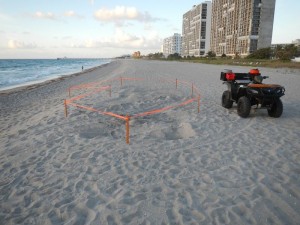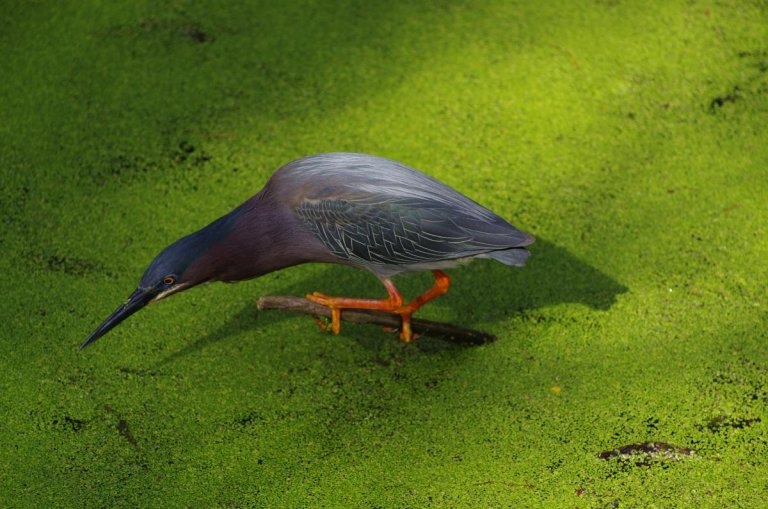
TurtleFest
TurtleFest Loggerhead Marinelife Center, 14200 U.S.

Every year from March through October, sea turtles visit The Palm Beaches to nest. Producing approximately 2,000,000 hatchings each year, Palm Beach County’s beaches lead the nation in sea turtle nest density. These magnificent creatures have roamed the earth’s oceans for the last 110 million years and are a key link to marine ecosystems. Here is a look at some interesting facts about sea turtles.

Seven species of sea turtles can be found in every ocean around the world: the flatback, the Olive ridley, the loggerhead, the green turtle, the leatherback, the Kemp’s ridley, and the hawksbill. Five species can be found in Florida, and three species come to Palm Beach County to nest. These are the loggerhead, the leatherback, and the green.
Sea turtles use their beak-like mouth to grasp their food. The beak is made of keratin, the type of protein that makes up our hair, skin, and fingernails.
A turtle’s shell is as much a part of its body as our skeleton is to ours! Sea turtles’ shells are made of more than 50 bones fused together… So they’re literally wearing their bones on the outside!
The gender of sea turtles is determined by the temperature in the nest. Cooler incubation temperatures produce male hatchlings, while warmer incubation temperatures produce female hatchlings—which is the reason why climate change could affect their populations by creating too many females and too few males to match them for reproduction. If the temperatures fluctuate between the two extremes, hatchlings will be a mix of males and females.
Sea turtles have existed on Earth for an estimated 110 million years, which means they once shared the planet with the dinosaurs!
As reptiles, sea turtles breathe air, but they have the ability to stay underwater for long periods of time and they even sleep underwater. They can hold their breath for five hours! To stay underwater for such a long time, they slow their heart rate to up to nine minutes in between heartbeats in order to conserve oxygen.
Sea turtles have an excellent sense of direction as they can detect the Earth’s magnetic field and use it as an orientation cue.
Hatchlings and juveniles loggerhead sea turtles spend the first 7 to 15 years of their lives in the open ocean. Then, they migrate to nearshore coastal areas where they will forage and continue to grow for several more years.
Sea turtle species vary greatly in size. The smallest one is the Kemp’s ridley, which measures between 20-30 inches and weighs between 80-100 pounds. The largest one is the leatherback, which can reach up to 6 feet long and weigh 2,000 pounds. The largest leatherback sea turtle ever recorded was found dead in Wales back in 1988. The animal was an adult male turtle weighing 2,016 pounds and measuring 94.75 inches from flipper tip to flipper tip.
Females return to the same beach they hatched on to make their nest and lay their own eggs. Their ability to swim back to the beach they were hatched on comes from their sensitivity to the Earth’s magnetic fields.
If you want to learn more about sea turtles, visit the Loggerhead Marinelife Center, a non-profit organization committed to the conservation of ocean ecosystems with a focus on threatened & endangered sea turtles.
Header image courtesy of the Loggerhead Marinelife Center

TurtleFest Loggerhead Marinelife Center, 14200 U.S.

10 Free Date Ideas in the Palm Beaches Here is a list…

“Shell-ebrate” Sea Turtles with a Getaway in The…

Turtle Nesting Season The month of May heralds the…

12 Up-Close Animal Encounters The Palm Beaches are…
Browse lodging options in the one, the only, the Palm Beaches and discover America's First Resort Destination in sunny South Florida.